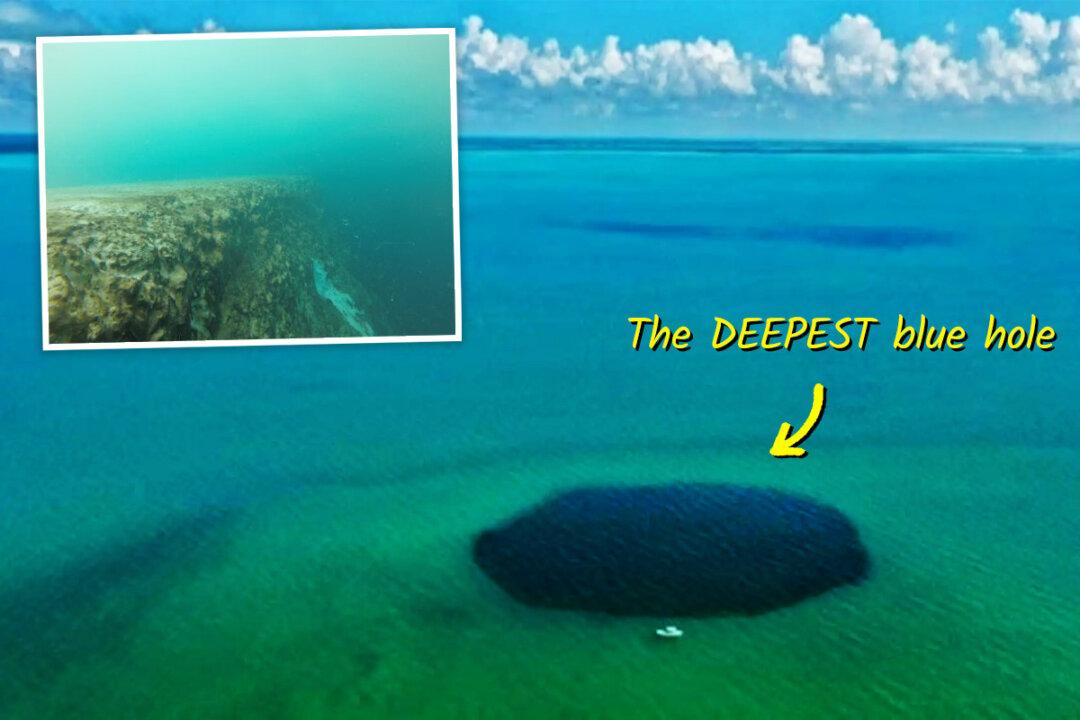The “deepest-known” under-ocean sinkhole on the planet has been found—and it’s so deep that researchers haven’t yet reached the bottom.
Dubbed a “blue hole” or “karst cave” by scientists, the vertical marine cavern was explored at length during a scuba-diving expedition to Chetumal Bay, off the coast of Mexico’s Yucatan Peninsula, last December.
A new investigation at the site indicates that the Taam Ja’ Blue Hole (TJBH) extends at least 420 meters below sea level. To put it in perspective, that’s almost the height of the Trump Tower in Chicago, which measures a staggering 423 meters tall. It’s also 100 meters deeper than the height of the Eiffel Tower in Paris, which is 324 meters high.

Notoriously hard to access, marine sinkholes contain hydrogen sulfide, a deadly gas caused by centuries of rotting bacteria and plant debris trapped inside, posing a serious risk to divers. It takes the highest level of diving expertise to navigate into their dark waters and state-of-the-art equipment to measure them.

During the most recent expedition to TJBH, researchers used a conductivity, temperature, and depth probe (CTD) in an attempt to ascertain the maximum depth of the hole. However, the special measuring device, lowered via a 500-meter cable, stopped at 420 meters, possibly after it hit a ledge or got drifted by an underwater current.
The current plan, they say, is to obtain an accurate depth measurement on their next research trip.

What is definite, though, is that the Mexican sinkhole known as Taam Ja’—which means “deep water” in Mayan—is the deepest underwater cavern currently known.
Previously, the world record for the deepest blue hole was attributed to Sansha Yongle Blue Hole in the South China Sea, with a depth of 301 meters. Other famous marine sinkholes include Dean’s Blue Hole in the Bahamas, 202 meters deep; Dahab Blue Hole in Egypt, 120 meters deep; and Great Blue Hole in Belize, roughly 125 meters deep.








